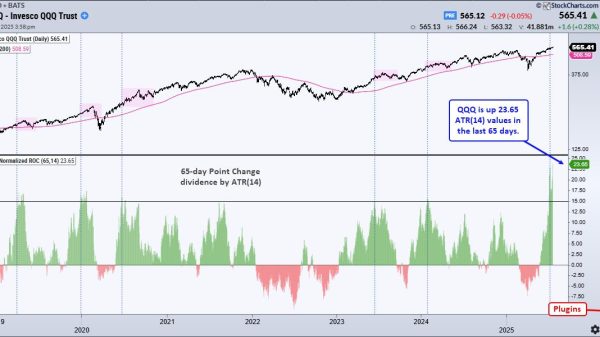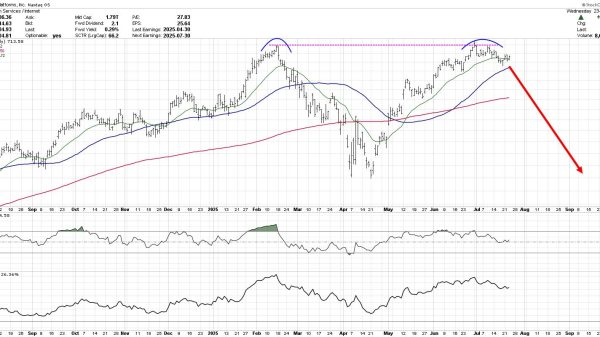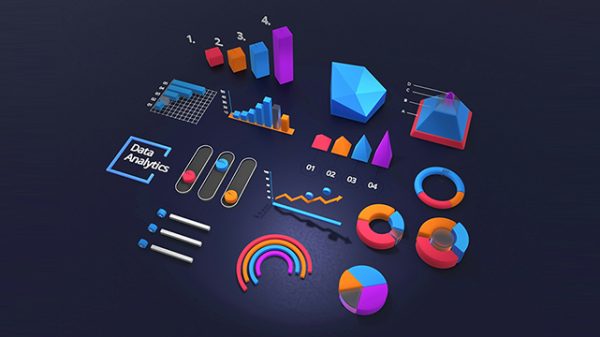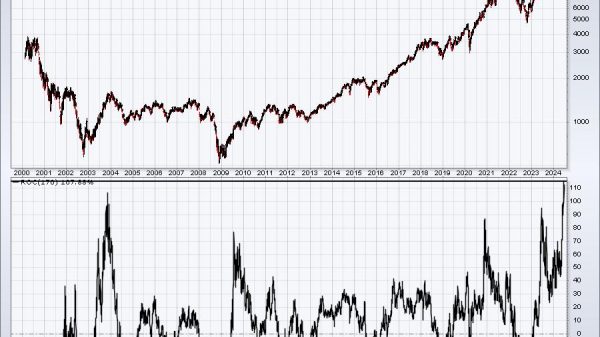Smart meters are no longer passive data collectors; they are intelligent IoT nodes at the grid edge, central to the energy sector’s digital transformation. These devices collect, store, and transmit granular energy data to enable demand response, predictive maintenance, and decarbonisation efforts. However, as utilities embrace digitalisation, the focus often remains on securing communications, while the local embedded storage within smart meters is frequently overlooked. This under-secured component can become a critical vulnerability with wide-reaching operational, financial, and regulatory consequences if compromised.
Why embedded data is a vulnerability
Smart meters are designed to operate in the field for up to 15–20 years, gathering and storing sensitive information, including billing records, firmware logs, and customer data. If this stored data is accessed, manipulated, or erased, whether through physical tampering or remote attacks, the impact can affect billing systems, regulatory compliance, and customer trust. The danger often goes unnoticed until it manifests through billing disputes, inaccurate forecasting, or operational failures. As the IoT landscape expands within energy systems, protecting data at rest in smart meters is a business-critical element that cannot be ignored.
The cost of inadequate data security
Securing smart meters is a technical and financial necessity. Building and maintaining in-house cybersecurity capabilities requires significant investment in specialised personnel for threat monitoring, patch management, and incident response. Regulatory alignment, such as with the EU’s Cyber Resilience Act (CRA), often demands hardware upgrades for stronger encryption and secure configurations, increasing the Bill of Materials (BOM) and extending development timelines. These costs are justified when weighed against the potential consequences of an undetected breach, which can cost companies upwards of $8,800 per minute, along with regulatory penalties and reputational damage.
Preparing for the CRA and Beyond
The Cyber Resilience Act (CRA), set to take effect across the European Union by 2027, will redefine the security expectations for all connected devices, including smart meters. For manufacturers, integrators, and suppliers operating in or selling into the EU, aligning with the CRA will be essential for CE marking and market access.
The CRA requires that products be secure from the outset, launching with no known vulnerabilities and secure-by-default configurations to minimise risks from the moment of deployment. It also mandates ongoing patching and vulnerability management throughout the operational lifespan of the device, which for smart meters can extend up to 20 years. Transparent documentation, including accurate Software Bills of Materials (SBOMs) and clear lifecycle support records, will also be necessary to demonstrate compliance and readiness during audits.
For smart meter vendors, this means security cannot be treated as a one-off feature but must be embedded across the design, development, and maintenance processes. Secure functionality will need to be maintained from deployment through to decommissioning, ensuring that meters remain protected against evolving threats while continuing to deliver reliable, accurate data to utilities and end users.
Manufacturers who can demonstrate robust, secure data-at-rest strategies will be better positioned to meet these rising regulatory demands while maintaining trust with customers and utility partners. Proactively preparing for the CRA today will enable organisations to avoid last-minute, costly redesigns while future-proofing devices against stricter global cybersecurity standards that are already influencing procurement decisions in the energy sector.
Building trust through secure design
Embedding effective security into smart meters requires a focus on three core principles: confidentiality, integrity, and authenticity. Confidentiality ensures data is protected through encryption, secure key management, and safe data transmission protocols. Integrity guarantees that data remains accurate and tamper-proof, even during outages or system failures, using flash-aware file systems and secure boot processes. Authenticity confirms that updates and firmware come only from trusted sources, using digital signatures and secure update mechanisms to prevent malicious code injection. Together, these principles form a strong foundation for secure smart meter operations in an increasingly connected environment.
Organisational readiness for secure IoT deployment
Meeting CRA and global regulatory frameworks requires organisations to align their teams, processes, and documentation to support secure IoT operations. Maintaining Software Bills of Materials (SBOMs), conducting supply chain risk assessments, retaining detailed test reports, and implementing incident response plans are all essential steps. Additionally, training teams on cybersecurity practices, defining clear data retention policies, and enforcing role-based access controls help build a resilient, security-first culture.
With quantum computing anticipated to challenge current encryption standards within the operational lifespan of today’s smart meters, manufacturers must prioritise cryptographic agility, ensuring devices can adapt to new encryption protocols as threats evolve.
Field-proven lessons on secure data storage
Flash memory in meters wears down over time due to frequent write and erase cycles, risking premature failures if unmanaged. Utilities that deploy flash-optimised file systems and controllers have significantly improved device resilience, with some extending operational lifespans by over 50% while maintaining full data integrity across more than 15,000 power interruptions. This level of resilience supports compliance while reducing replacement costs and environmental impact, demonstrating the ROI of embedded security.
Smart security as a business advantage
In a competitive energy market, manufacturers who prioritise embedded security will lead the next wave of IoT-enabled energy solutions. Secure, resilient meters not only support compliance but also protect revenue, reduce operational costs, and build customer trust, ensuring long-term market success. As smart grids expand, data protection at the edge is essential for reliable, secure, and future-proof IoT infrastructure.
The post Why smart meter data security is a priority appeared first on IoT Business News.























